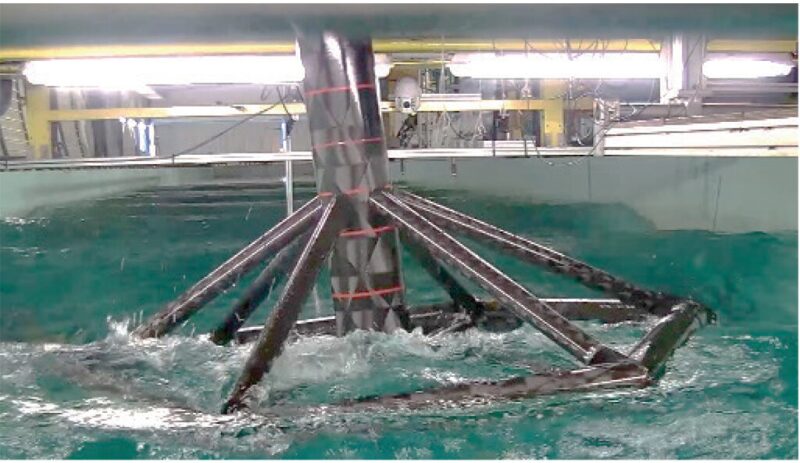Operators are moving active production and injection equipment onto the seabed with the aim of reducing capital expenditures (CAPEX) or topside space requirements. Moreover, they want to minimize new production floating facilities. Given this scenario, overall electric power needs may become an issue because of the extra power demand caused by the increasing number of electric consumers placed subsea. The complete paper discusses a floating wind-turbine solution that is particularly cost-competitive for deepwater locations and that can unlock the possibility of deploying large wind-powered generators far from the coastline in deep water.
Introduction
Saipem launched an initiative aimed at finding a solution for management of subsea field power demand bearing in mind two primary considerations:
- Minimize CAPEX by reducing the distance between the subsea-field production location and the topside equipment supporting this production
- Decarbonize the field by adopting a renewable energy source
Concept Background and Potential Application
The operator has developed a floating substructure technology for offshore wind farms known as HexaFloat.


